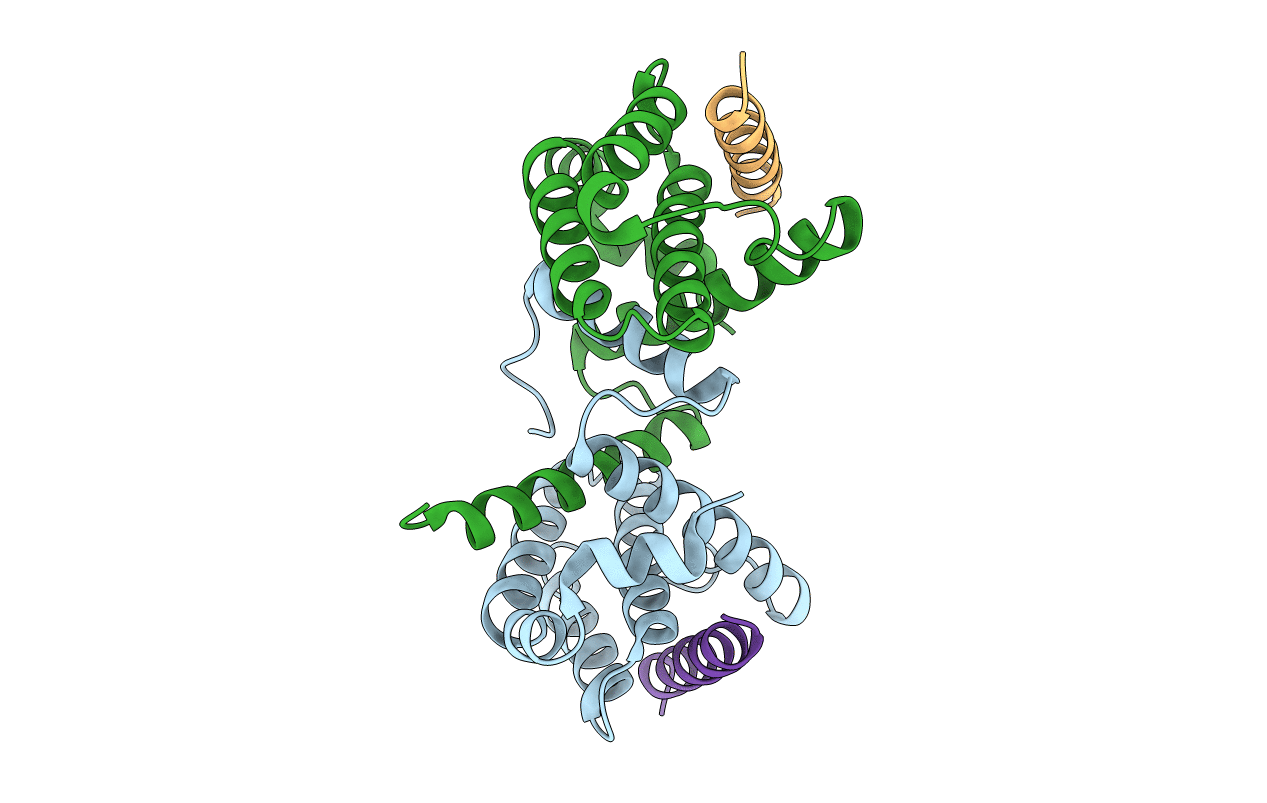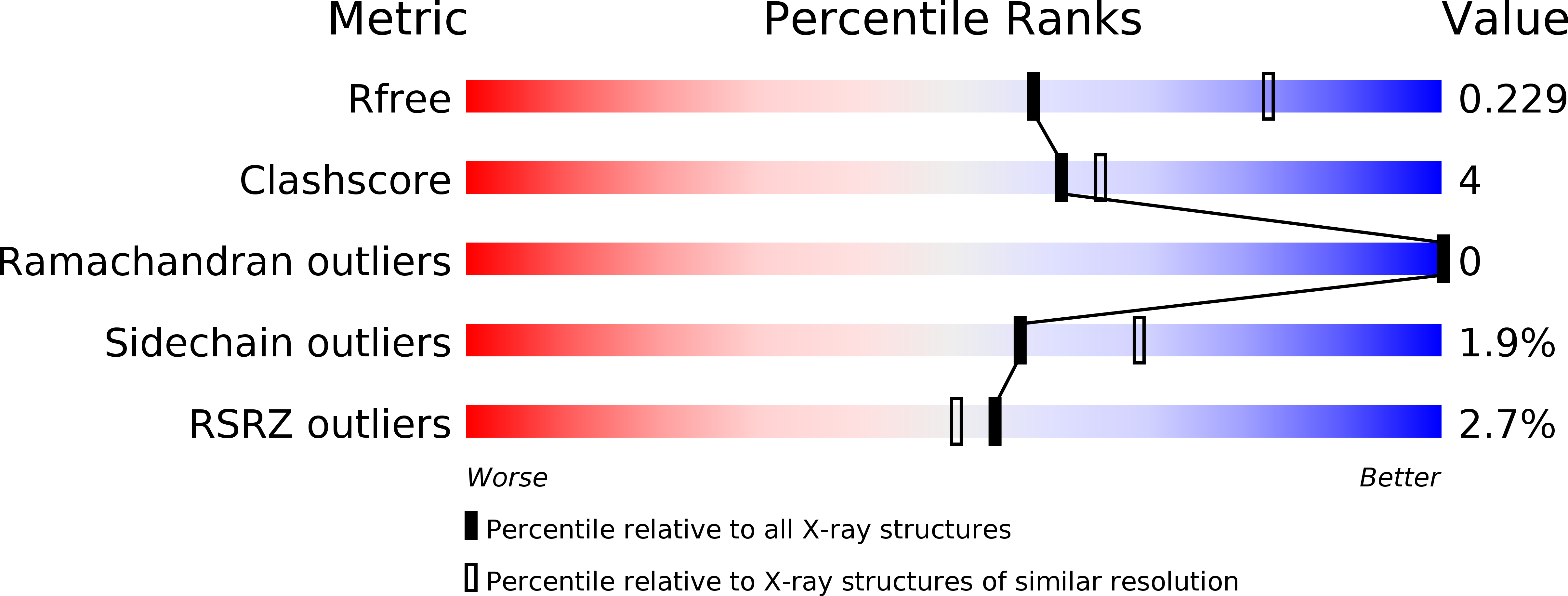
Deposition Date
2018-05-07
Release Date
2018-05-23
Last Version Date
2024-11-06
Method Details:
Experimental Method:
Resolution:
2.44 Å
R-Value Free:
0.22
R-Value Work:
0.18
R-Value Observed:
0.19
Space Group:
P 4 21 2


